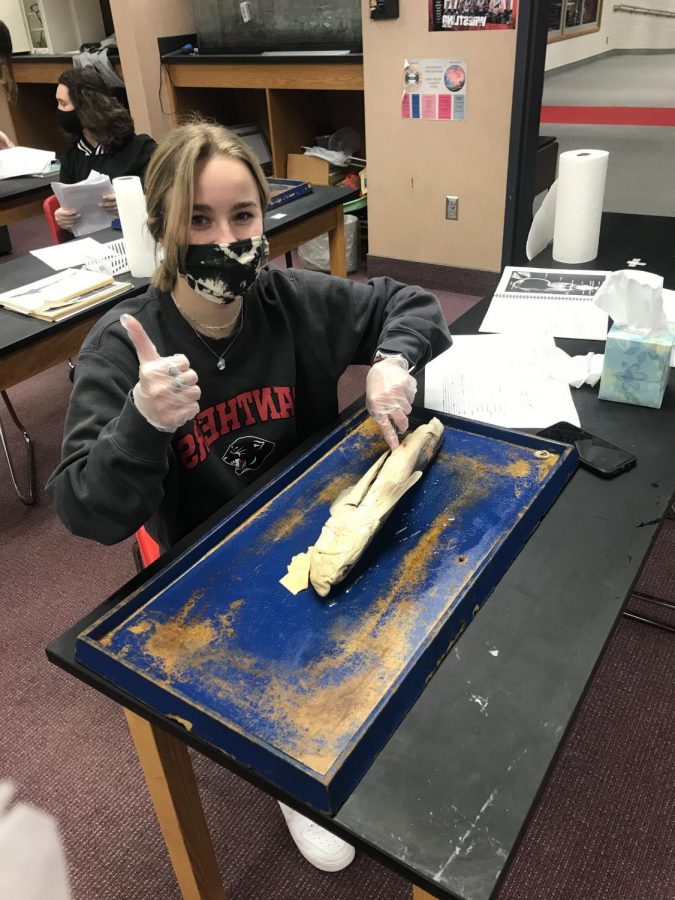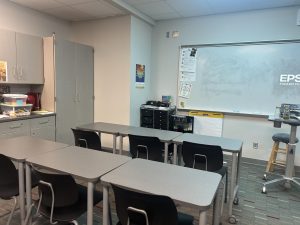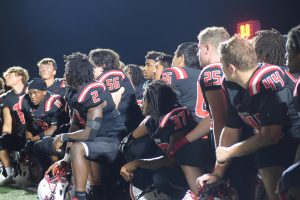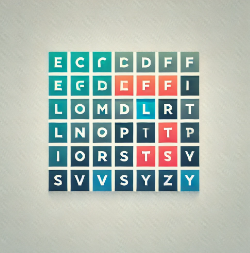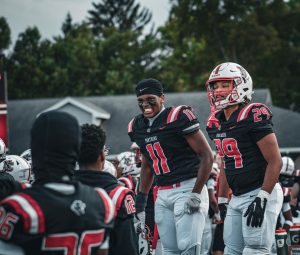Zoology teacher shares top 10 labs
A student dissects a shark during zoology. The shark dissection is science teacher Shelly Jackson’s favorite lab.
January 29, 2021
Science teacher Sherry Jackson shares her top ten favorite science labs:
1. Shark dissection:
“This lab is the dissection of the major organ systems of the shark in order to compare the anatomy and physiology to other classes of animals that are studied throughout the year. This is the first major dissection in Zoology. Students work hard by following written instructions and using pictures and photographs to guide them through the dissection.”
2.Cat dissection:
“This lab is the dissection of the major organ systems of mammals in order to compare the changes that take place from Class Chondrichthyes to mammals. This also gives us a window into human anatomy. This lab is typically done during nursing school and other college level courses.”
3. Live crayfish behavior study:
“This lab is done to see the behavior of crayfish under various conditions. This is the first live animal that we study with the ability to walk backwards. Students enjoy this lab because they are usually somewhat familiar with crayfish but are afraid to handle them so it’s pretty exciting.”
4. Bird identification activities:
“Students identify 120 birds that make Indiana their home at some point during the year. Students always start off thinking they will never be able to do it and then are shocked at their ability to actually identify them. The great part is that every year students come back to me and tell me they still can identify many of the birds they see outside.”
5. Rat dissection:
“This lab is done to review all of the organ systems studied throughout the year. This may be a student’s first major dissection if they have not taken Zoology. Since the rat is a mammal, students can get an idea of the basic machinery in humans that maintain homeostasis.”
6. Pig heart dissection:
“The pig heart is used because of the similarity to the human heart. In fact, the valves are sometimes transplanted into humans. This lab gives students a much more in depth visualization of the way the human heart works. It is a very cool dissection.”
7. Fear factor:
“This lab is done in order to see the difference between sensation and perception and understand how a person’s senses and experiences help shape perception. It is super fun, at least for the teacher, because we set the mood and students have no idea what they are about to experience. It is definitely the loudest lab I do!”
8. Flower dissection:
“This is such a fun yet simple lab to do. We take a flower and remove all the parts and tape them on a sheet of paper to identify the reproductive structures. This lab helps students understand the reproductive process of flowering plants and in the end students are able to understand that when you eat fruit, you are eating a flowering plant’s ovary!”
9. Microbiology lab:
“Microbiology was one of my favorite classes in college and I actually did this lab when I was at IU. Students test different surfaces for bacteria and also test to see how antibiotics and antiseptics affect bacterial growth. Bacteria is everywhere but you can’t see it until there is a substantial amount of growth.”
10. DNA extraction:
“Students are able to see stained chromosomes on slides but it is a whole new kind of excitement when they can take an organism like a strawberry and extract the DNA. This is a multi-step lab that requires students to follow directions but it is worth it.”

